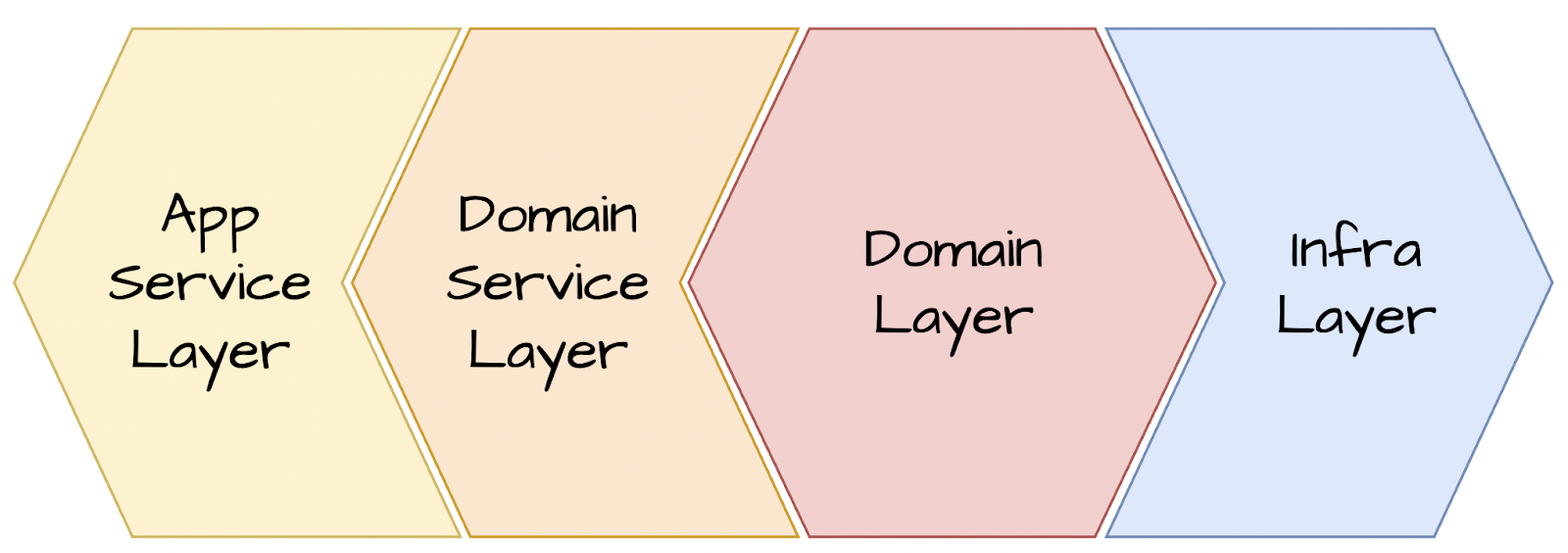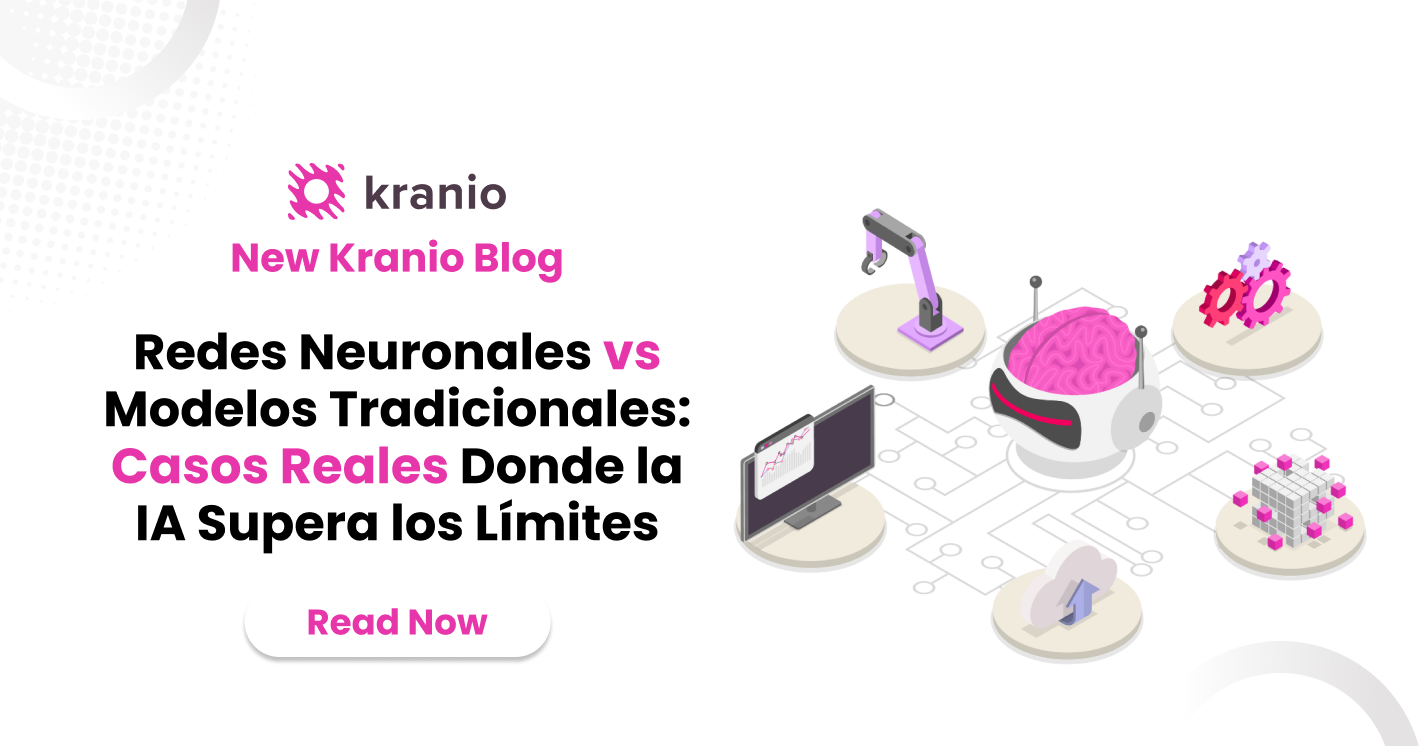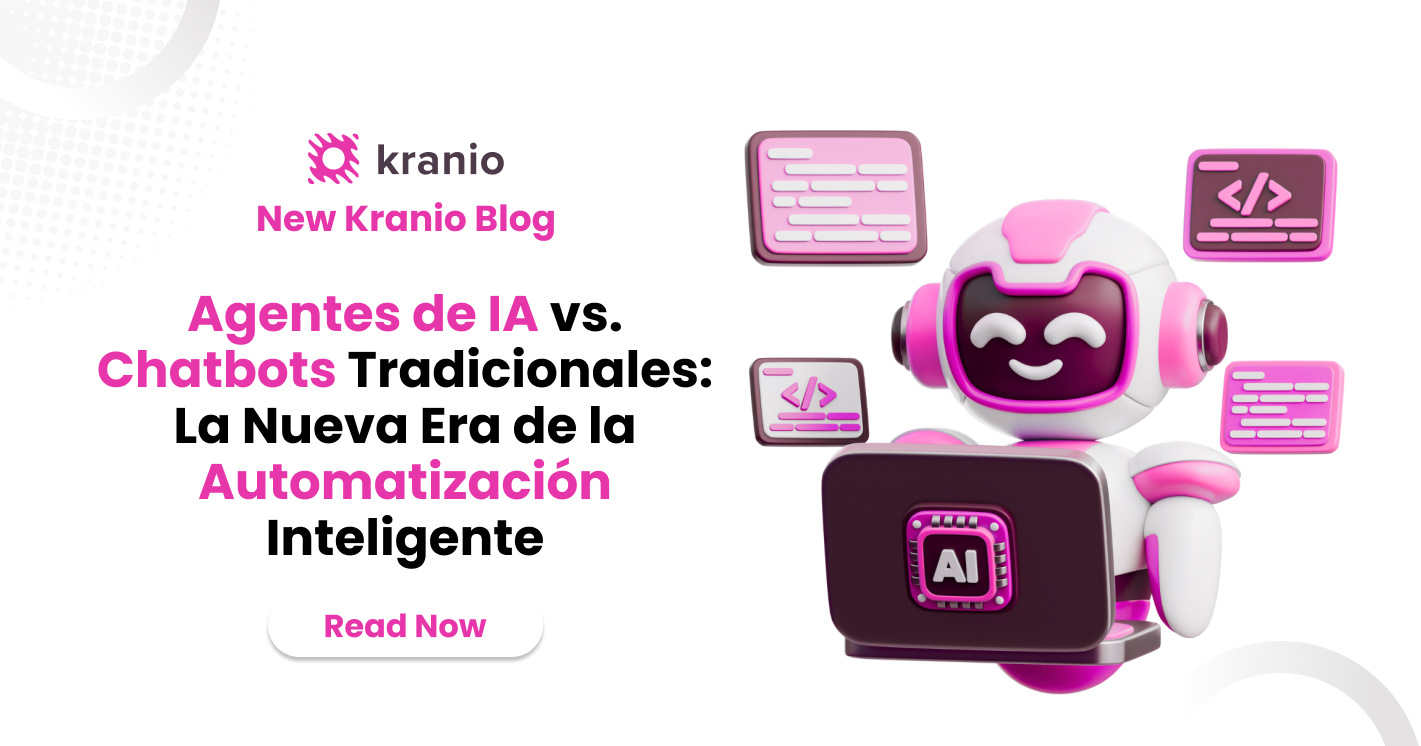A Deep Dive into Essential DDD Concepts for Crafting Clear and Robust Domain-Services

Why Do Domain-Services Matter in DDD?
InstaKran, the social media app we've been exploring, showcases the complexity of modern software systems. Consider the case where users interact with posts, comments, and followers. Some business operations, such as determining which posts to promote based on engagement or identifying mutual followers between two users, don't fit neatly within the responsibilities of any single entity or value object.
Why Use Domain-Services Instead of Domain Models?
While entities like User or Post encapsulate individual behavior, certain operations span multiple entities or aggregates. For instance, calculating trending posts requires evaluating engagement metrics across multiple Post aggregates. A Domain Service such as PostPromotionService could encapsulate this logic, keeping the domain model focused and cohesive.
For InstaKran:
- A PostPromotionService could handle logic related to promoting trending posts.
- A FollowerAnalysisService might identify mutual followers between users.
Using Domain-Services allows the domain model to stay focused on representing individual concepts, while shared logic or cross-aggregate operations are handled in a centralized and reusable way.
Handling Logic That Doesn't Belong to Entities or Value Objects
Domain-Services shine when logic doesn't naturally belong to any single entity. For example, finding mutual followers involves both User and Follower entities but isn't inherently part of either. A FollowerAnalysisService can encapsulate this behavior, ensuring that the operation adheres to domain rules while keeping entities simple.
Complementing Entities and Value Objects
Domain-Services work alongside entities and value objects to maintain a cohesive domain model. They provide a place for complex operations, ensuring that the domain remains expressive and aligned with business needs.
What is the Domain-Services Pattern?

The Domain Services pattern represents stateless classes that encapsulate domain-specific business logic. Unlike entities or value objects, Domain-Services don't hold data but instead perform operations using entities, value objects, and repositories.
How Domain-Services Differ from Other Services
- Domain-Services focus on domain logic, interacting with entities and aggregates.
- Application Services orchestrate workflows, combining domain operations with infrastructure concerns like transactions or APIs.
- Infrastructure Services handle external system interactions, such as sending emails or interacting with databases.
Characteristics of Domain-Services
- Statelessness: Domain-Services don't manage state; they act on existing entities and value objects.
- Purely Domain-Focused: They deal solely with domain logic, steering clear of infrastructure or application-level concerns.
For example, a PostPromotionService in InstaKran wouldn't decide how to store trending posts (infrastructure concern) or schedule promotions (application concern). Instead, it focuses on calculating engagement metrics to identify trending posts.
Key Responsibilities of Domain-Services in DDD
Encapsulating Complex Domain Logic
Domain-Services handle operations that span multiple entities or aggregates. For example, identifying trending posts involves analyzing engagement across many Post aggregates.
Supporting the Domain Model
By handling logic that doesn't fit naturally into entities or value objects, Domain-Services keep the domain model focused and cohesive. This ensures that entities like Post or User remain simple and expressive.
Facilitating Cross-Aggregate Operations
Domain-Services coordinate interactions between aggregates while respecting their boundaries. For instance, a FollowerAnalysisService might calculate mutual followers without directly manipulating the User or Follower aggregates.
Providing a Consistent Domain API
Domain-Services offer reusable operations that align with the ubiquitous language of the domain. This clarity improves collaboration between developers and domain experts.
Best Practices for Implementing Domain-Services Pattern
Use Domain Language
Ensure that service names and methods reflect the ubiquitous language. For example, PostPromotionService clearly describes its purpose within the domain.
Focus on the Domain Logic
Domain-Services should strictly handle domain logic, delegating infrastructure concerns to other layers. For instance, saving results to a database should be the responsibility of an application or repository layer, not the Domain-Service itself.
Stay Stateless
Avoid maintaining state within Domain-Services. Instead, rely on repositories to fetch data and entities or value objects to encapsulate state.
Work Closely with Aggregates
Domain-Services should respect aggregate boundaries and enforce their rules. When interacting with multiple aggregates, services should use repositories and aggregate roots as entry points.
Test for Behavior, Not Data
Tests for Domain-Services should verify behavior rather than data structures. For instance, tests for PostPromotionService should check whether the right posts are identified as trending based on engagement metrics.
Challenges and Anti-Patterns of Domain-Services
Overloading Domain Services
Domain-Services risk becoming “god classes” that handle too much responsibility. This can make the domain hard to understand and maintain.
Leaking Infrastructure Logic
Mixing database queries or API calls into Domain-Services violates the separation of concerns and reduces testability.
Avoiding the Domain Model
Bypassing entities and value objects in favor of Domain-Services can lead to an anemic domain model. This anti-pattern weakens the expressive power of the domain.
Naming and Responsibility Confusion
Poorly named or vaguely scoped services can create confusion. For example, a GeneralDomainService would obscure its purpose and responsibilities, harming the clarity of the domain model.
Conclusion
Domain-Services play a critical role in Domain-Driven Design by handling business logic that doesn't naturally belong to entities or value objects. By encapsulating complex domain logic, facilitating cross-aggregate operations, and maintaining a clear focus on the domain, Domain-Services help create robust, cohesive, and expressive domain models.
When implemented effectively, Domain-Services complement entities and value objects, bridging the gap between business rules and technical implementation. With thoughtful design and adherence to best practices, they become invaluable tools in building scalable, maintainable software systems.
Here are the following themes that we'll discuss in this series From Good To Great in DDD, I hope that we'll navigate together of this important architecture:
- Elevate Code Quality with Domain-Driven Design - 1/10
- Understanding the Entities and Value Objects in Domain-Driven Design - 2/10
- Understanding the Aggregates and Aggregates Roots in Domain-Driven Design - 3/10
- Understanding the Repositories Patterns in Domain-Driven Design - 4/10
- Understanding the Domain-Services Patterns in Domain-Driven Design - 5/10
- Understanding the Application-Services Patterns in Domain-Driven Design - 6/10
- Understanding the suggested Architecture Pattern in Domain-Driven Design - 7/10
- Understanding the Bounded Context in Domain-Driven Design - 8/10
- Event-Storming the modeling strategy to apply Domain-Driven Design - 9/10
- Common pitfalls and anti-patterns in Domain-Driven Design - 10/10
Ready to apply Domain Services to your Domain-Driven Design projects?
At Kranio, we have software architecture experts who will help you effectively implement Domain Services, ensuring a solid and scalable structure. Contact us and discover how we can improve the architecture of your systems.











.png)
.png)
